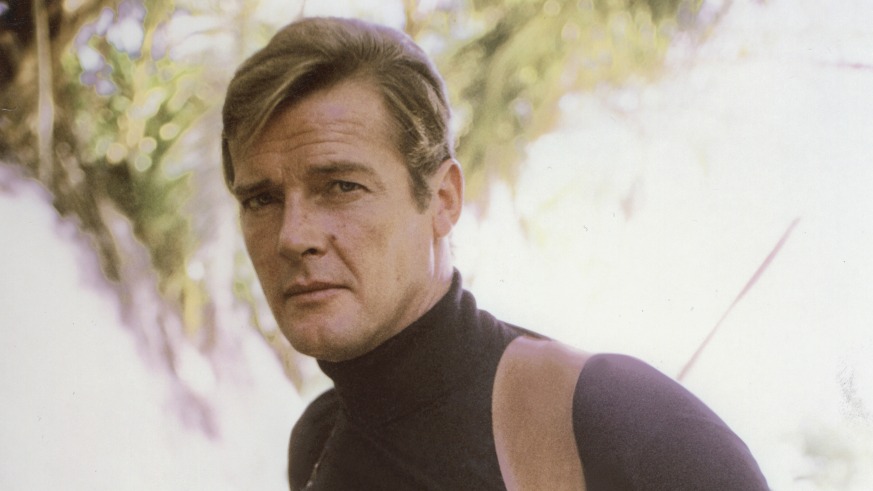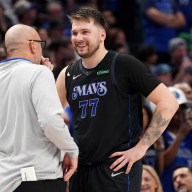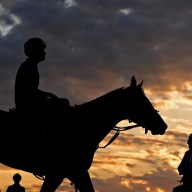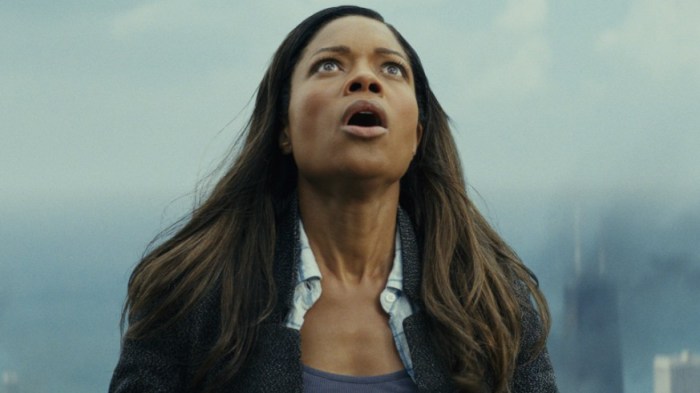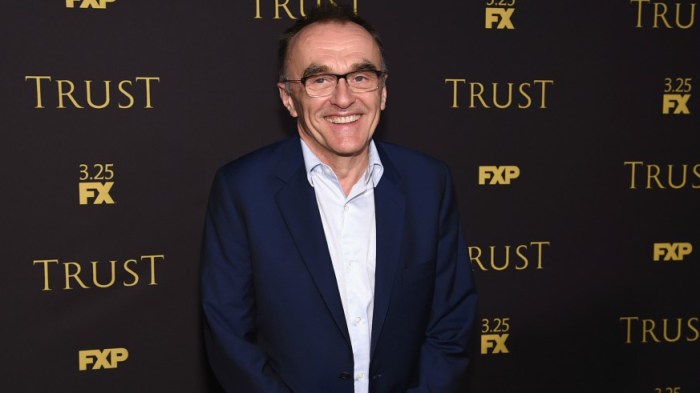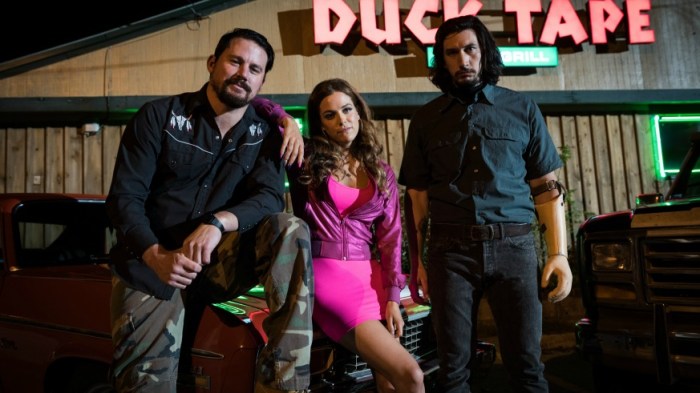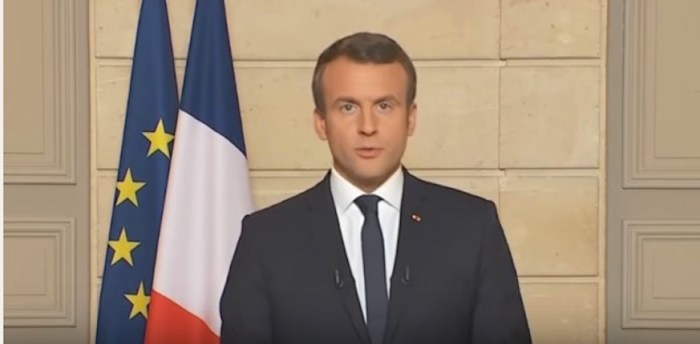Boomers grew up with Sean Connery, millennials with Pierce Brosnan and Daniel Craig. For Generation X, Roger Moore was their first James Bond. (And later there was Timothy Dalton, who didn’t leave quite the same mark but is eternally underrated.) As of today, we now live in a world with a dead 007: Moore has passed, his family says, after a “short but brave battle with cancer.” He was 89.
Moore was a controversial choice to play Ian Fleming’s spy. The role had already been recast once before, with George Lazenby a poorly-received replacement for Connery, albeit in 1969’s “On Her Majesty’s Secret Service,” which some of us argue is the best Bond film. Connery even returned, with no apparent joy, for 1971’s “Diamonds Are Forever.” When Moore signed up, he was already known as another dashing mischief-maker, playing criminal Simon Templar on TV’s “The Saint” from 1962 through 1969. It seemed like cheating, casting someone already identified with another major role.
Yet when he first grasped that shaken, not stirred martini for 1973’s “Live and Let Die,” Moore managed the impossible: He made it his own. His own was very different from Connery’s (or Lazenby’s) 007. Connery was a cut-throat ladykiller. Moore was suave and hammy. The actor fit right into the series’ silliest and weirdest era, when the spy flirted with the Blaxploitation era (“Live and Let Die”), went to outer space (“Moonraker”) and donned a credibility-subtracting clown disguise (“Octopussy”).
These are the lightest, campiest Bonds, especially as Moore’s tenure wore on. He didn’t immediately take to the role. In “Live and Let Die,” he’s a little too lost, a little too quiet. By 1977’s “The Spy Who Loved Me,” he’d found his voice — debonair, smirky, all too willing to dive into a ridiculous double entendre, which grew more ridiculous and monocle-destroying as the years progressed.
Moore was the third screen Bond, but he was also the oldest. Connery was three years his junior, and the age gap between him and his eternally comely Bond girls grew wider and cringier. He was nearly 60 when he made his final Bond film, 1985’s “A View to a Kill,” at which point it was hilariously obvious how few of the stunts he did himself. A good 30 percent of the action scenes feature stunt men filmed from far, far away, intercut with Moore bouncing about in front of rear projection.
Moore’s Bond movies weren’t the best, and sometimes they were among the worst. But they were always fun. Even dreary, draggy “Moonraker,” with its dispiriting quips and noticeably asinine plot, has its charms. Still, two of them are pretty much objectively decent: “The Spy Who Loved Me” and 1981’s “For Your Eyes Only,” both of which allowed him to be tougher but still light. The latter features one of the darkest Bond moments: when he spies a henchman (Michael Gothard) in a car about to fall off a cliff. Instead of a token quip, Moore’s Bond offers his nemesis a cold-blooded one-liner. Then he gives the car a mighty kick, sending him tumbling to a gory end.
Moore was more than Bond, and more than Simon Templar. Right before “Live and Let Die,” he spent two years gallivanting with Tony Curtis on the adventure show “The Persuaders.” During his 12 years as 007, he’d occasionally nip away, most enjoyably in the sleazy 1978 all-star grizzled Englishman actioner “The Wild Geese,” all glazed ham alongside Richards Burton and Harris. He also sent up Bond while he was still Bond in 1981’s “The Cannonball Run.”
But once Moore was 007, he was happy to rest on his laurels. His post-“View to a Kill” CV is spotty — a happy semi-retirement, from which he’d occasionally emerge, most memorably nursing a pig in 1997’s “Spice World.” On a literally more charitable note, he turned into a crusading humanitarian in his latter years, working with UNICEF and becoming their Goodwill Ambassador in 1981.
Moore wasn’t the best 007, but he was the most fun. And for some of us of a certain generation, he’ll be the one we always unconsciously think of when we think James Bond.
Follow Matt Prigge on Twitter @mattprigge

